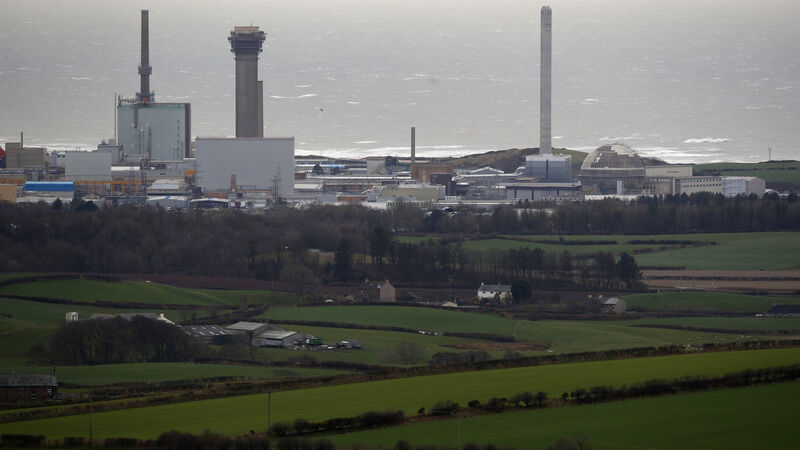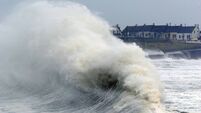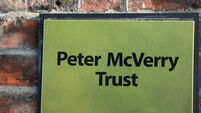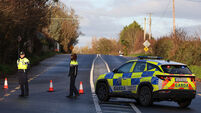As we await the outcome of the lengthy UN Cop28 discussions in Dubai with increasing trepidation, Ireland has cause to focus on a potentially massive environmental problem on its own doorstep.
The Sellafield (formerly Windscale) multi-purpose nuclear site in Cumbria in the UK has a long and well-documented history of controversy and catastrophe, and the findings of a recent report into the on-site activities there has renewed many of the considerable concerns which have long been voiced about the facility.
It emerged last week that a worsening leak from a huge silo of radioactive waste on the Sellafield site has caused diplomatic ripples in Norway, the US, and Ireland, amid fears that the UK authorities have failed — yet again — to satisfactorily answer the latest allegations and has not in any way allayed genuine concerns about safety there.
Not alone are there fears about the crumbing silo, which has been described as one of the “highest nuclear hazards in the UK”, there are increasing international worries about cracks in a reservoir of toxic nuclear sludge known as B30.
A year-long investigation by the Guardian newspaper into the Sellafield facility — spanning everything from cyber hacking, radioactive contamination, and a toxic workplace culture — uncovered what it described as “potentially significant consequences” if allowed to continue unchecked. Sited on a 6 sq km site on the Cumbrian coast and employing 11,000 people, Sellafield stores and treats nuclear waste from a variety of sources, including waste from weapons programmes. It is the biggest of its kind in the world.
But since its inception in 1947, the facility has been the source of much controversy, following 21 serious incidents between 1951 and 2000 which warranted a rating on the International Nuclear Event scale. In the 1950s, there were known, protracted discharges into the atmosphere of plutonium and irradiated uranium oxide particulates.
In the 1940s and 50s, diluted radioactive waste was discharged into the Irish Sea (with some experts maintaining this was happening until relatively recently) and it is estimated that a total of up to 200kg of plutonium has been deposited in the marine sediments of these waters.
From Ireland’s point of view, not alone are the latest revelations extremely worrying, but so too is the obfuscation of the British government which has consistently parroted how safety is a priority at the facility. What we need now is our Government to demand clear answers from the British authorities on what appear to be significant and unending safety shortfalls at Sellafield.
Silencing the press is undemocratic
The evolution of Irish journalism over the years has largely mirrored that of Irish society, grown from an inward-looking naivete into a more worldly and confident entity, at ease with our position in the world and our ability to influence global affairs as a result of our own development and experiences.
Our journalism has reflected that level of personal and collective maturity to the point where the work of Irish writers, broadcasters, editors, and production teams can and regularly does match any vaunted international media outlets.
But, like many across the globe, Irish journalism regularly faces malign threats from those for whom the truth hurts and whose aims and intentions are not in line with those of any right-thinking and upstanding members of our society.
It is worrying, then, when a report from the School of Communications at DCU suggests that as many as many as 34% of Irish journalists have faced legal action arising from their work in the last five years and that 55% have experienced demeaning or hateful speech against them.
Most professional journalists don’t expect a free ride from anyone and behave accordingly in order to avoid legal woes and it is also a truism that much of the hatred they inspire is because they have told the truth.
In the current febrile atmosphere in this country, and across the world, telling the truth can be painful and dangerous, but the freedom to do so is the cornerstone of democracy. Attempts to stifle and silence the media via legal threats, the fear of them, or by simple physical intimidation will never silence a majority and only highlight the desperation of ne’er-do-wells who will use any tactic to hide their activities.
One of a kind
The passing yesterday of stage and screen legend Frank Twomey struck a chord with generations of people who grew up with him as a constant presence. The ubiquity of his talents saw him straddle the mosaic of the entertainment business from television to radio to theatre and from children’s entertainment, through comedy and farce to serious acting and all points in between, for over 40 years.
Finding fame initially as the sidekick to one of this country’s most enduring puppet icons, Bosco, Frank’s place in the hearts of generations of children enthralled by the ever-inquisitive marionette was ensured. So too, his roles as various dames in Cork’s Everyman Theatre annual pantomime which endeared him to family audiences down the years and his searing comedic performances in programmes such as Nighthawks and Bull Island as an impersonator sans pareil.
As a gay man in conservative Ireland in his early years as a performer, he had to tread a very careful path for fear of being ostracised by sections of society as yet unversed in the politics of acceptance, tolerance, and inclusivity.
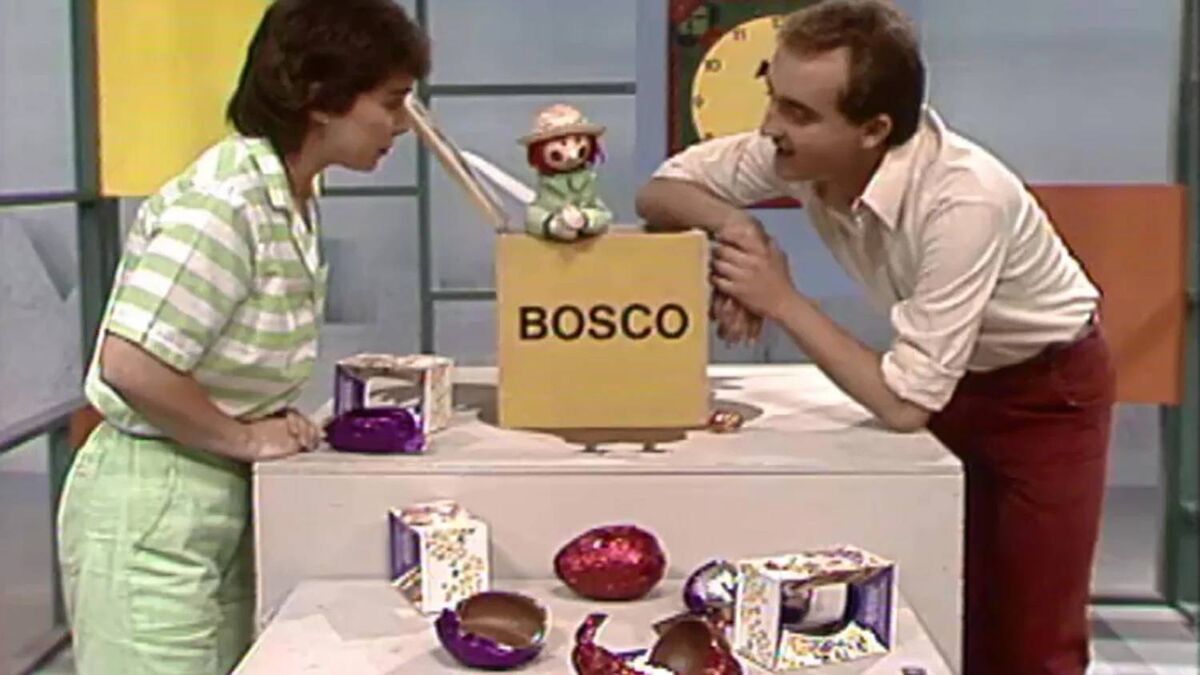
Yet his natural charisma, as well as his comedic and acting talents, carried him above such ignorance. The testimonies yesterday from friends, colleagues, and co-conspirators who had engaged with him on so many levels, bore the truth of the matter: Frank Twomey was an Irish entertainment legend and a fabled and much-loved son of Cork.


CONNECT WITH US TODAY
Be the first to know the latest news and updates
